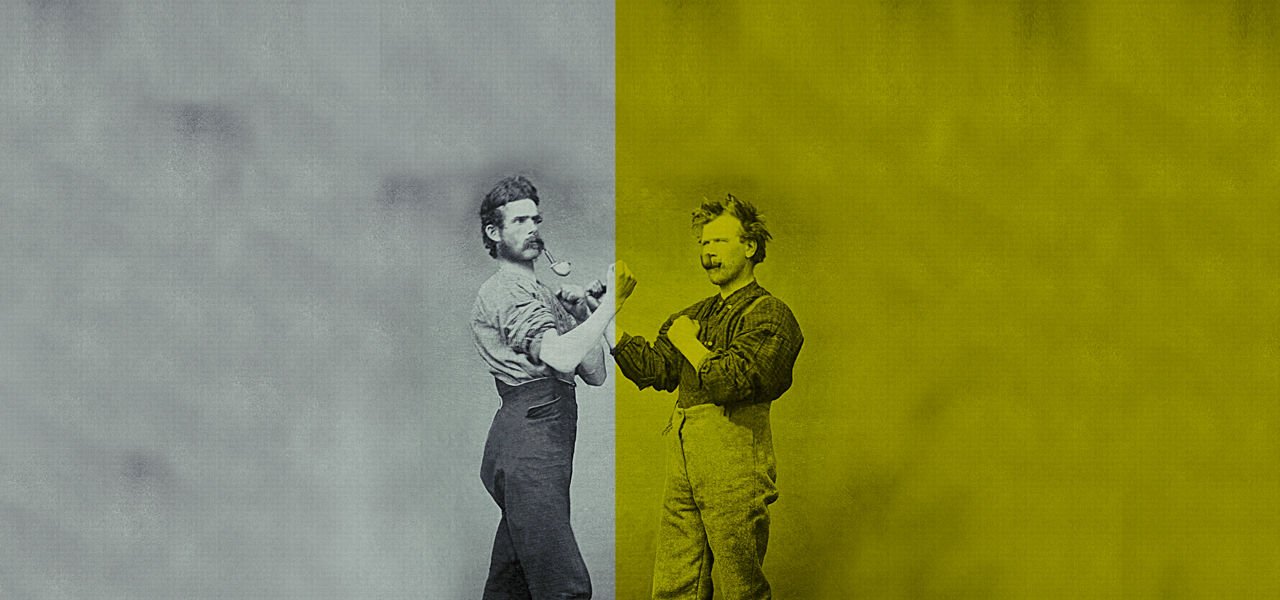The Best of Hiroshi Masuda Guitar 86: A Playlist of His Most Popular Songs
- sarasanders97
- Aug 19, 2023
- 3 min read
In his sophomore year, he started to practice playing jazz using the trio format, but without the bass, with Fumio Itabashi and Shunji Tsuda (drums). Later, with friends of his college jazz circle, he created a band and performed at several venues, such as the Kunion festivals, or during the morning at the Shinjuku Pit-Inn, or even at Shibuya Oscar, among others. While still in his teens, Kazumi Watanabe (guitar) sometimes joined the formation. Seiichi Nakamura introduced him to Yosuke Yamashita (piano), who also attended the Kunitachi College of Music, and who was already receiving serious attention after his graduation. In the following years, Matsukaze even played with Yamashita. However, in those times he was still a fledgling musician, and due to his lack of experience, no real opportunity arose where they could perform together.
hiroshi masuda guitar 86
He also worked closely with rock musicians, such as Kazuo Takeda (guitar) of Creation, but also with Hideto Kano (guitar) of Gedo, and of course with Mickie Yoshino (keyboard) of Godiego. By playing in these Japanese rock bands he developed friendships with many musicians and some of them became close friends. Another collaboration includes a performance in a dinner show with pop singer Michiyo Azusa.
In November 1987, Shibu-Oke launched at Shinjuku Pit-Inn. In the beginning, Kazunori Takeda (sax) and Tetsuji Yoshida (trumpet) joined, with two guitarists, Koichi Hiroki and Akihiro Ishiwatari, and later only Ishiwatari. As for saxophonists, Eiichi Hayashi left but rejoined, and Jun Usuba, Kosuke Mine and Kenta Tsugami also participated. Sadly, Tamio Kawabata passed away in 2000, and Katsumasa Kamimura was invited as the bassist. And Ryojiro Furusawa was replaced by Akira Sotoyama, who has been the drummer of Shibu-Oke until the present time. Essential Ellington represents another group involving Takeshi Shibuya. Compared to Shibu-Oke, their music is oriented toward a different sound. The band is mainly composed of four members: Shibuya, Mine, Matsukaze and the tuba player Takero Sekijima. Recently, the band members and the repertoire of Shibu-Oke proved to be stable in all the concerts. However, jazz aficionados are stirred up every time by their amazing sound. That is Shibu-Oke.
Around the same time, he played in the group Guilty Physic led by Hiroshi Itaya (trombone) and made two unique albums. But Itaya died of suicide in 1996, an event that tragically compromised new works coming from this formation. His trio recorded the album Kaleidoscope in 1997, inviting guitarist Isao Miyoshi, with whom he played in Guilty Physic. Working with a guitarist was hardly a new endeavor for Matsukaze, as previously he played with Kazumi Watanabe and Mikihiko Matsumiya. Collaborations with Kazuhiko Tsumura and Takayuki Kato were also made after that album release.
Beginning with "Headmaster, Once Again!", the Japanese opening sequence was modified, replacing the scene of Cybertronian mode Megatron and the Starscream clones with new footage and using the second half of the song. This new clip shows Megatron in his helicopter alternate mode, as one after the other, Soundwave, Electrostatic Soundwave, and Swindle jump into and out of the shot. Soundwave appears from the left in car mode, transforms, and fires some sonic pulses from his shoulder speakers; Electrostatic Soundwave appears from the right, transforms to robot mode, and clutches guitar mode Laserbeak; and Swindle appears in the center from below the shot, transforms to robot mode, and deploys all his weapons and gadgets. Swindle's head fills the screen as he leaps into the camera, and when he has passed out of view, Megatron has transformed to robot mode, with two rather diminutive Cybertron mode Blackouts flanking him. The Blackouts transform as the camera swoops in on Megatron's face, and red lightning bursts from his eyes, linking the new sequence up to the remainder of the original.
2ff7e9595c

Comments